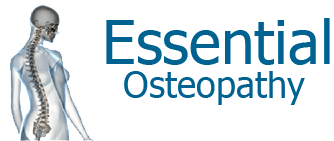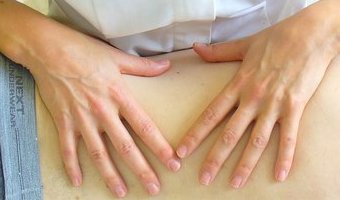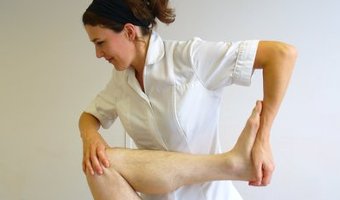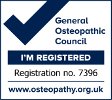Shoulder pain
Shoulder pain is commonly treated by Osteopaths. It can be caused by a number of factors, including acute injury during a sporting activity or more chronically by habitual postural changes resulting from spending long hours working or sitting slouched on the sofa watching TV – a lot of which quite a few of us do frequently! If you are regularly using a computer which is not set up correctly for you, you are most likely to be reaching forward as you type and rounding your shoulders as you crane your neck forward to see the screen. This posture puts particular strain on your shoulders, neck and upper back.
As your shoulders become more rounded, the pectoral muscles on the front of the chest shorten and the muscles of the upper back become weakened and stretched. The four rotator cuff muscles, that are key in movement of the arm, then struggle to work effectively individually as the position of the shoulder changes. One or more of these four muscles may start to weaken to the detriment of the other muscles which then have to do all the work. Rotator cuff, or specifically supraspinatus, tendonitis is a common diagnosis as the tendon attaching the muscle to the humerus (upper arm bone) has to literally change direction as it travels through a small gap in the shoulder area. Similarly, bursitis, or inflammation of the bursa (fluid-filled sacs that act as buffers between bone and muscle or tendon), can be caused by impingement of the rotator cuff muscles. Often these two conditions happen simultaneously and are better known collectively as impingement syndrome. Treatment of impingement syndrome focuses on both reducing the pain and inflammation of the tendon, improving range of movement and, perhaps more importantly addressing the patient’s posture to prevent the symptoms reoccurring. Treatment also aims to reduce the likelihood of the onset of adhesive capsulitis in which shoulder mobility reduces considerably. Re-education involves discussing workstation set-up, use of laptops and, once the shoulder has full range of motion again and there is no pain, prescribing exercises that will strengthen the back muscles between the shoulder blades and the spine and stretching out the muscles on the front of the chest so that the shoulders can be held in a better position. It is therefore important to treat the whole shoulder girdle, neck, upper back and thorax and not just the shoulder itself. Rest is recommended with the patient being advised to avoid any activity that provokes pain, especially overhead activities. Tips to reduce shoulder strain during recovery:- Avoid pushing exercises such as bench press or press ups
- Be aware of your posture whilst writing or typing – keep your shoulder blades down and back
- Lift objects close to the body
- Avoid front crawl when swimming
- Throw balls underarm







